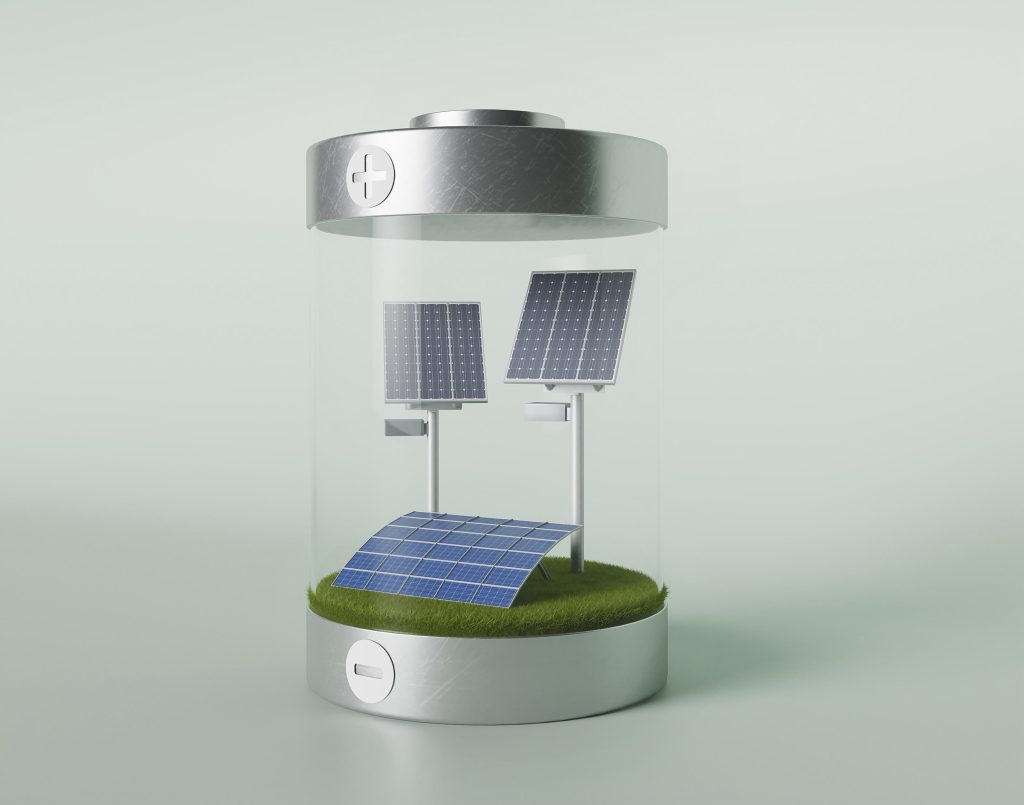How to Choose the Most Efficient Inverter
- FazipaySolar
- October 29, 2023
- No Comment
- 12
When it comes to optimizing the performance of your solar power system, the type of inverter you choose plays a crucial role. Inverters are responsible for converting the direct current (DC) electricity generated by solar panels into the alternating current (AC) electricity used in your home or business. To make the most of your solar energy investment, it’s important to select the most efficient inverter. In this guide, we’ll walk you through the different types of inverters available and help you understand which one is the most efficient for your unique needs.
Choosing the Most Efficient Inverter
Understanding the Types of Inverters
1. String Inverters:
String inverters are a common and cost-effective choice for residential and commercial solar power systems. They are designed to manage strings of solar panels and convert DC to AC. However, they have some limitations, such as reduced efficiency when panels in a string are partially shaded or experiencing different levels of sunlight.
2. Microinverters:
Microinverters are attached to individual solar panels, allowing for independent management of each panel’s performance. This results in higher efficiency and better energy production, especially in scenarios with shading issues. Microinverters are a top choice for residential systems.
3. Power Optimizers with Central Inverters:
Power optimizers are often used in conjunction with central inverters. They optimize the DC electricity at the panel level and send it to a central inverter for conversion to AC. This combination can enhance efficiency and overcome shading challenges.
4. Central Inverters:
Central inverters are typically used in large-scale solar power plants and commercial installations. They are efficient and cost-effective for systems with uniform sunlight exposure. However, they may experience reduced efficiency in scenarios with partial shading or varying panel conditions.
Factors to Consider for Inverter Efficiency
– Shading:If your solar panels are subject to shading from nearby trees or buildings, microinverters or power optimizers with central inverters can significantly improve energy production.
– Panel Mismatch: In systems with panels of different wattages, microinverters or power optimizers can mitigate the effects of panel mismatch, ensuring each panel operates optimally.
– Monitoring: Many modern inverters come with advanced monitoring features, allowing you to track the performance of your solar system in real-time. This can help you identify and resolve any issues quickly.
– Scalability: Consider the future scalability of your solar power system. Some inverters are more adaptable to system expansions than others.
– Maintenance:Different types of inverters may have varying maintenance requirements. Understanding the maintenance needs of your chosen inverter is essential for long-term performance.
The most efficient inverter for your solar power system depends on your specific needs, budget, and shading conditions. For residential installations with shading challenges, microinverters or power optimizers may be the best choice. On the other hand, central inverters can be a cost-effective option for large-scale commercial installations with uniform sun exposure.
Choosing the right inverter is a critical decision that can impact your system’s efficiency and overall performance. To explore your options and receive expert guidance on selecting the most efficient inverter for your solar power project, contact us, your trusted partner in clean and renewable energy solutions.


